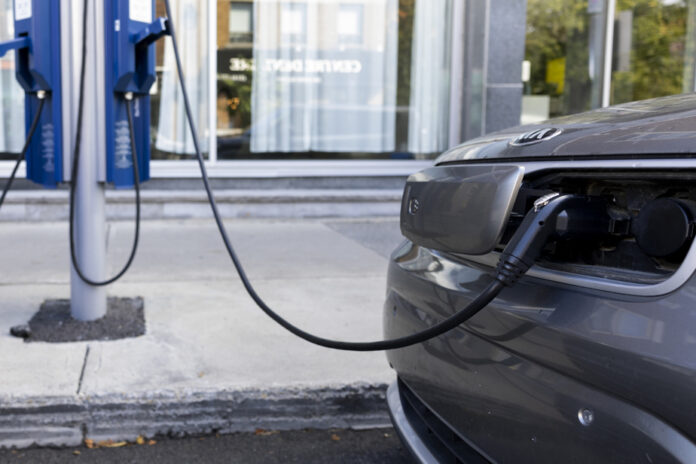How it works: electrons flow between the cathode (positive pole) and the anode (negative pole). They are found in a conductive liquid.
Advantages: able to store a lot of energy without taking up too much space. Battery life and endurance – up to 1500 recharge cycles. Effective for powering electric vehicles.
Cons: Made with rare minerals, such as lithium, cobalt as well as nickel. It is expensive. More unstable, it presents higher fire risks.
Operation: Similar to lithium-ion battery. The difference: the accumulator uses sodium salt to store energy.
Pros: Plenty of sodium, making it easier to get supplies. More affordable and less likely to catch fire. Less complicated to recycle given the materials used for its design.
Disadvantages: in the early stages of its commercialization. Heavier than lithium-ion battery. Low energy density – it can store much less energy than a similarly sized lithium-ion battery.
Operation: As the name says it, there is no liquid in the battery. The electrolyte, which allows the electrodes to move, is solid, for example made of glass.
Advantages: lighter, compact and durable. Absence of flammable liquid. Potentially much more autonomous.
Disadvantages: The battery must operate under high pressure because contact with the electrolyzer must be maintained. Technology at a stage considered early. Large-scale production challenge.
How it works: A chemical reaction caused by the combination of distilled water, liquid electrolytes and dissolved oxygen in aluminum plates to produce electricity.
Advantages: the battery is affordable and the density (capacity to store energy) is high.
Disadvantages: It is not rechargeable. The aluminum block has a lifespan and must be replaced. You also need to refill your water.















